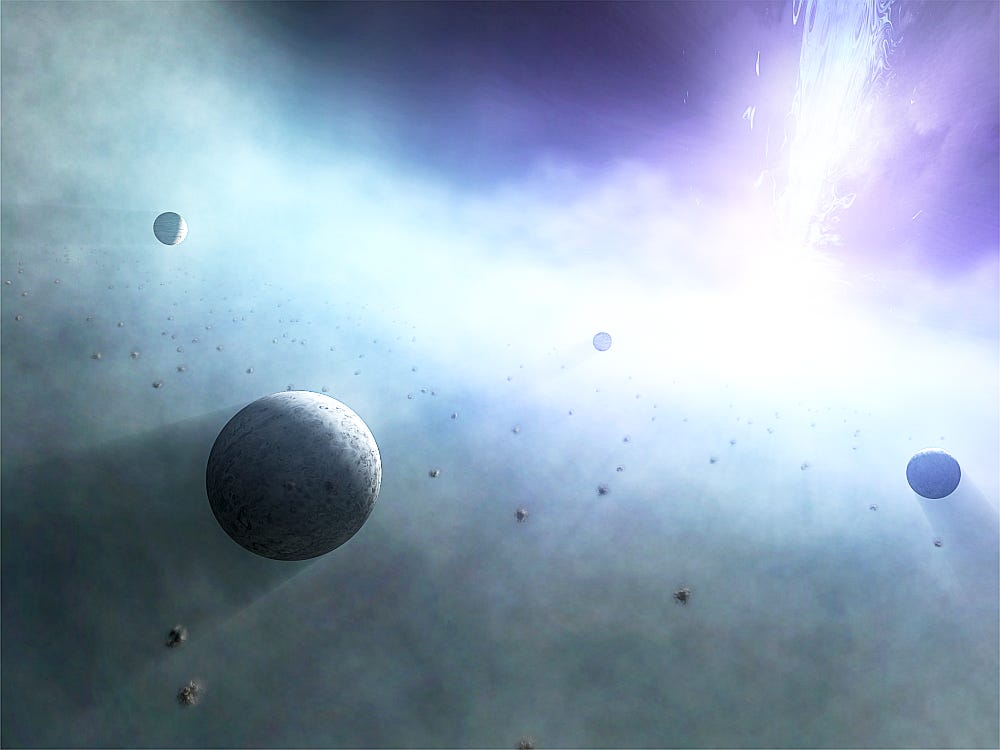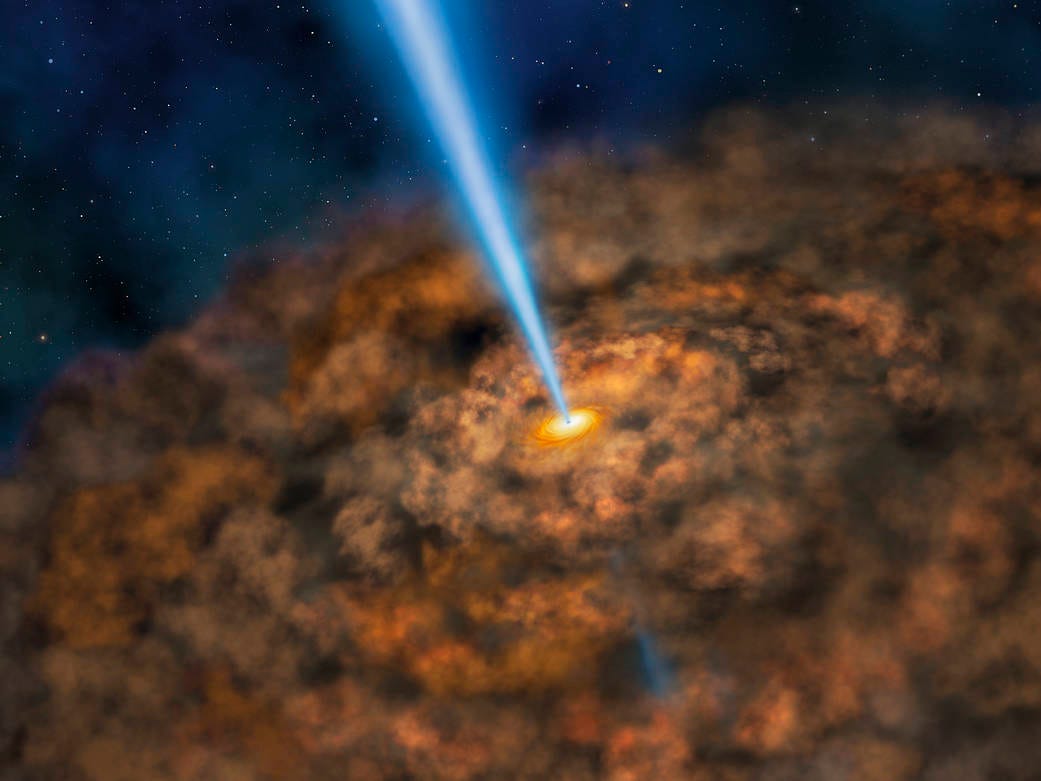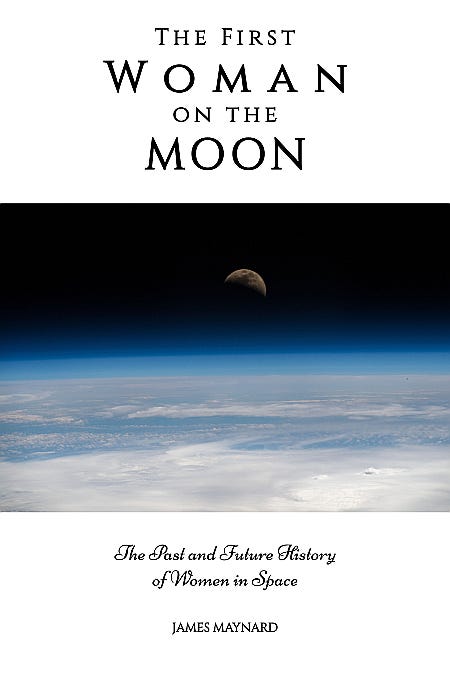The Cosmic Companion November 30, 2019
It's black hole week as astronomers discuss planets orbiting these spatial wells, causes of powerful fields of radiation may be revealed, and we find the largest stellar-mass black hole ever seen.
Hello everyone!
This is black hole week on The Cosmic Companion, featuring discussion of the first serious ideas of planets orbiting black holes, we see how astronomers may have uncovered the secrets of powerful regions of radiation around these objects, and the largest stellar-mass black hole ever seen is spotted in our home galaxy.
With black Friday taking place this week, several astronomy journalists and news outlets (including The Cosmic Companion) posted articles using the hashtag #blackholefriday - who says science isn’t fun?
Listen and subscribe to Astronomy News with The Cosmic Companion through any major podcast provider, including iTunes and TuneIn! Or, listen in at: https://thecosmiccompanion.substack.com.
The Cosmic Companion also offers a premium newsletter, featuring weekly exclusive videos, the astronomy comic of the week, and more. Just $5 a month, or $50 a year! Sign up at: https://thecosmiccompanion.substack.com.
Or, you can buy me a cup of coffee for my work!
Let’s take off!
The Week in Space
Could Planets Orbit Supermassive Black Holes?
Normally, when we think of exoplanets, we picture worlds around other stars, not much different then our own Sun. Now, a pair of researchers from Japan propose the idea that some planets may orbit supermassive black holes — how would they form?

An artist’s concept of planets orbiting a supermassive black hole, lit up by a highly-energetic black hole. Image credit: Kagoshima University.
Nearly every galaxy houses a supermassive black hole — millions or billions of times more massive than our sun — at their core. Researchers at a pair of research facilities in Japan now suggest that planets may occasionally orbit these behemoth regions of space.
Typically, planets coalesce from discs of gas and dust which form around young stars. However, similar conditions also exist in other places, including around supermassive black holes at the centers of galaxies.
Read more: http://bit.ly/Planets-Orbit-Supermassive-Black-Holes
Here’s What Drives Radiation Around Black Holes
The densest objects in the Universe — black holes and neutron stars — are surrounded by vast regions of radiation. Now, a new study may have uncovered the origin of this enigmatic energy.

Black holes come in many sizes, and are surrounded by powerful fields of radiation. Image credit: NASA/Sofia/Lynette Cook
Black holes and neutron stars are the densest objects known to astrophysicists, and these objects also have other characteristics in common, including the fact that each of these types of bodies are surrounded by vast regions of powerful radiation. Astrophysicists have long believed that this radiation is the result of electrons moving in curved lines around these bodies, but the mechanism which powers this behavior remained mysterious.
A new study from Columbia University has now revealed that this radiation may be driven by powerful magnetic fields which snap and rearrange themselves in the chaotic environment of gas and dust surrounding these objects.
Read more: http://bit.ly/Radiation-Black-Holes
An Unusual Black Hole Could Change What We Know about Astrophysics
Astronomers in China have recently found an unexpected black hole, much larger than any thought to exist in our galaxy — what’s its story, and what could it mean for the future of astronomy?

Stellar-mass black holes come in sizes much larger than previously believed, a new discovery reveals. Image credit: Geralt/Pixabay
The Milky Way galaxy is thought to be home to around 100 million stellar-mass black holes, formed during the deaths of massive stars. Astronomers and astrophysicists concluded years ago that such black holes should have masses no greater than around 20 times that of the Sun. That idea has now been shattered by the discovery of a black hole with three-and-a-half times that projected upper mass.
Sitting 15,000 light years from Earth sits a black hole with 70 times the mass of the Sun. Discovered by researchers at the National Astronomical Observatory of China (NAOC) (managed by the Chinese Academy of Sciences), this object, dubbed LB-1, shatters ideas about large, stellar-mass black holes.
Read more: http://bit.ly/Black-Hole-Change-Astrophysics

Coming soon: The First Woman on the Moon: The Past and Future History of Women in Space by James Maynard
Thanks for reading!
Check out my new podcast, Astronomy News with The Cosmic Companion, available on all major podcast distributors, including iTunes and TuneIn! Or, listen in at: https://thecosmiccompanion.substack.com. You can also now add Astronomy News with The Cosmic Companion to your flash briefings on Amazon Alexa!
If you want to keep up with the latest updates and news about astronomy and space exploration, visit www.thecosmiccompanion.com, join my Facebook page, subscribe on YouTube, and follow @TheCosmicCompanion on Instagram and @CompanionCosmic on Twitter.
Remember - VIP subscribers receive this newsletter, plus a second weekly newsletter with sneak previews of each video episode of Astronomy News with The Cosmic Companion, an astronomy comic of the week, rare space photos, and more! Plans start at just $5!
Do you know someone else who would love this newsletter? Please share! Invest in knowledge with a premium subscription for yourself or a loved one today (including advance viewings of my weekly video show)! Or, I’d love it if you could buy me a cup of coffee - I LOVE coffee! Thanks!
Astronomy - Don’t Leave Home Without It!
- James


